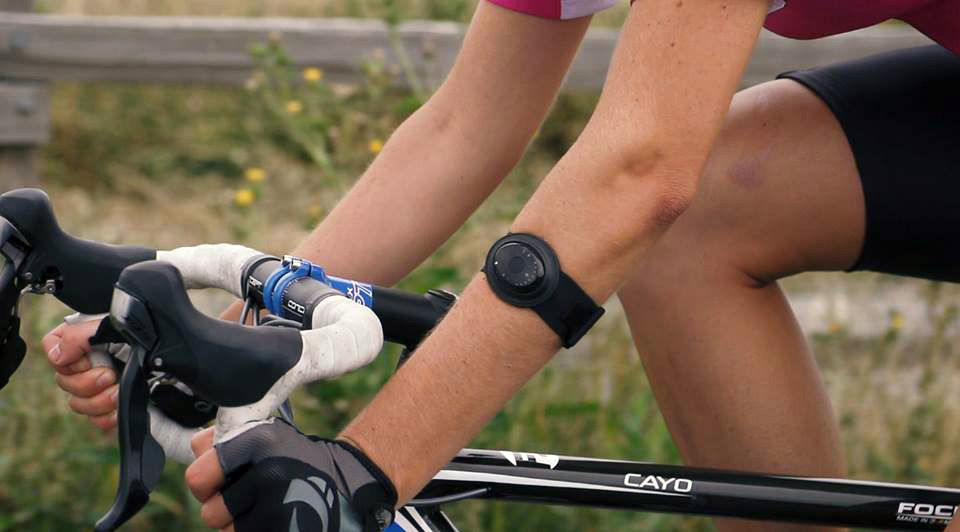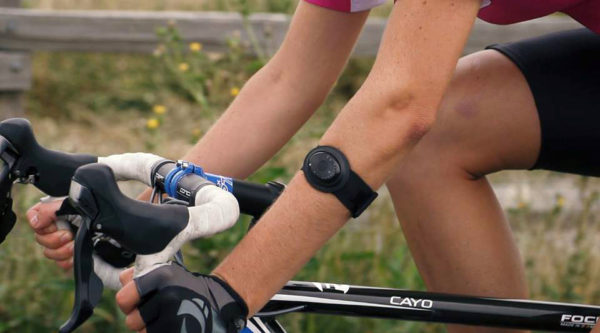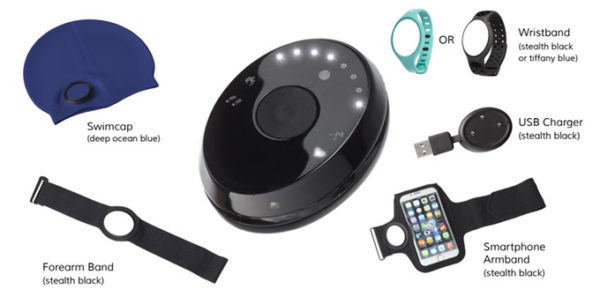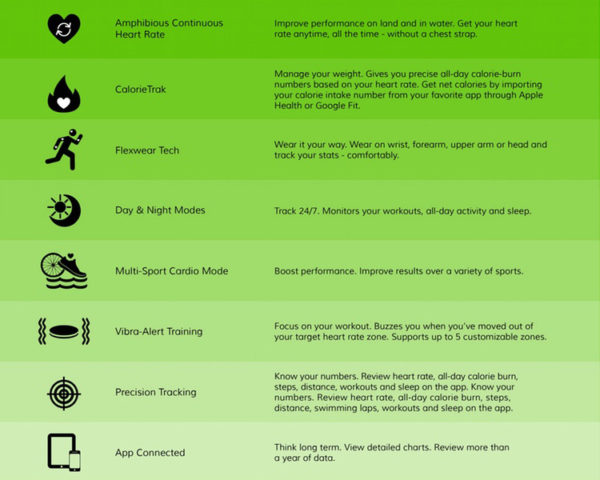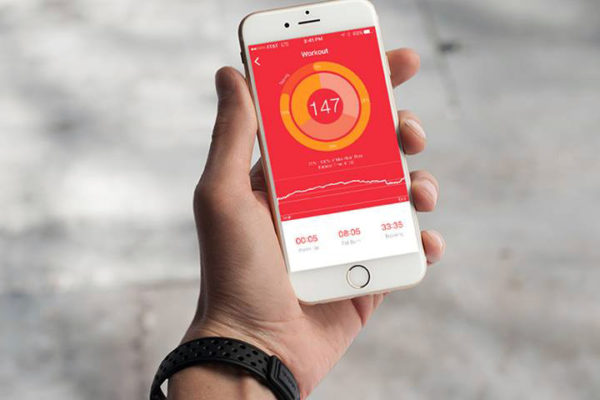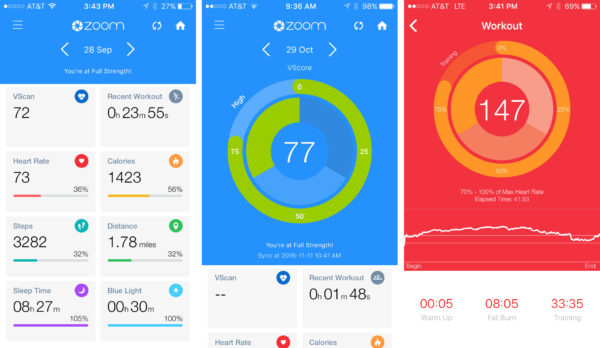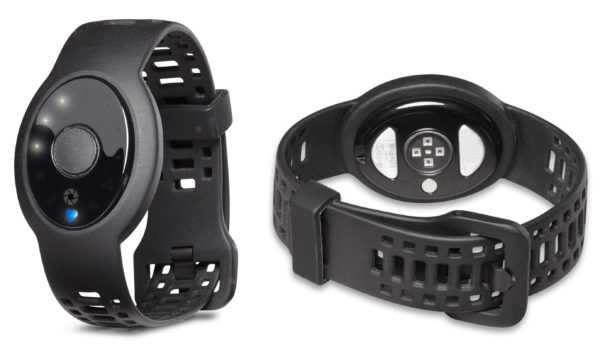Pretty much the basic starting point for any form of training is heart rate tracking. On the bike the majority of us cyclists use a heart rate strap to communicate to wrist or bike mounted computers, and depending on which type of device maybe to transition over to a bit of cross training as well. But beyond just logging your heart rate to see training time in target zones (and doing so only during exercise), a few companies are also looking at heart rate variability (HRV) to better estimate training load and our body’s ability to recover.
LifeTrak is taking HRV tracking one step further with their wearable Zoom HRV that is designed to be worn 24/7 (or maybe 24/5, we’ll get to that) no matter what activity you do. It can even offer combined heart rate and cadence data on the bike when using a leg strap. Paired with their app it offers heart rate measurement however you exercise, then continuous tracking while you go about your daily activities and even while you rest & recover. Together, all of the data promises a better way to evaluate fitness, track your efforts, monitor recovery, and plan when to get back to training…
LifeTrak calls the Zoom HRV the first wearable device to measure continuous heart rate while it also tracks cadence on the bike, steps on a trail, or laps in the pool. While that makes a good fit for triathletes, the big draw is also the advanced heart rate monitoring that the app does both during any activity and during your daily life and recover from effort. The Zoom HRV uses optical heart rate measurement like we’ve seen in things like the LifeBEAM helmet, Scosche’s Rhythm devices, and the Mio Velo. We’ve had a bit of mixed success with these devices, but when we could get a secure and comfortable fit they did offer reliable tracking performance. The Zoom HRV does use an updated array of sensors vs. most other optical heart rate monitors that it says offers improved accuracy and reliability, especially useful in the water.
The Zoom HRV was essentially developed as the company president was never satisfied with a single device to train in multiple disciplines and wanted to actually seamlessly track heart rate 24/7. Heart rate straps just weren’t a comfortable all day solution so they developed the modular system of the Zoom that lets you pair the sensor with watch bands, leg straps, integrated mobile phone cases, and even a swim cap to offer comfortable fit for any type of activity.
The small, water-resistant to 50 meters Zoom pod itself is just 35 x 28 x 13mm and fits inside of a regular silicone watch band for everyday use. With that it automatically tracks HRV day and night to provide accurate, personalized assessment of fitness & wellness. It builds in a small lithium-ion battery that gives it up to 5 full days of use before recharging through a USB-powered proprietary dock.
It claims to be the first device of its kind, constantly monitoring heart rate variability day and night, as well as during workouts. Its tracks continuously to a more limited degree, including while you sleep, and then you push the single button on the device to start more detailed monitoring. All together by combining sleep analysis, continuous heart rate, and exercise measurement the Zoom app gives you a comprehensive, personalized fitness rating – called your VScore – that you can track over time to monitor trends in both physical and mental well-being. LifeTrak sees it as the best way to get serious about fitness, training, and smart recovery, and also makes it one of the most accurate way to calculate 24-hour calorie burn numbers.
The device uses a very limited display of LED indicator lights to show its mode & current heart rate zone, plus a vibration alarm that can tell you when you are out of your target training zones, when you are inactive for too long, and even be used as a smart alarm to wake-up at the most ideal point of your sleep cycle. It communicates with both ANT+ & Bluetooth making it easy to pair with both cycling computers and mobile phones, as well as to sync with Google Fit or Apple Health. The companion Zoom HRV app which gives detailed analysis of your activity and recovery is available for both Android & iOS devices.
Zoom debuted on Kickstarter back in late 2015, but in the middle of that campaign LifeTrak secured other financial backing and put a hold to the crowdfunding. Those early adopters were still supported by LifeTrak though and now that the Zoom HRV is ready, anyone else can get it too. The Zoom HRV sells for $140, and now comes with the Flexwear band that you need to strap it to your leg to get the cycling cadence feature (or also to your arm).
